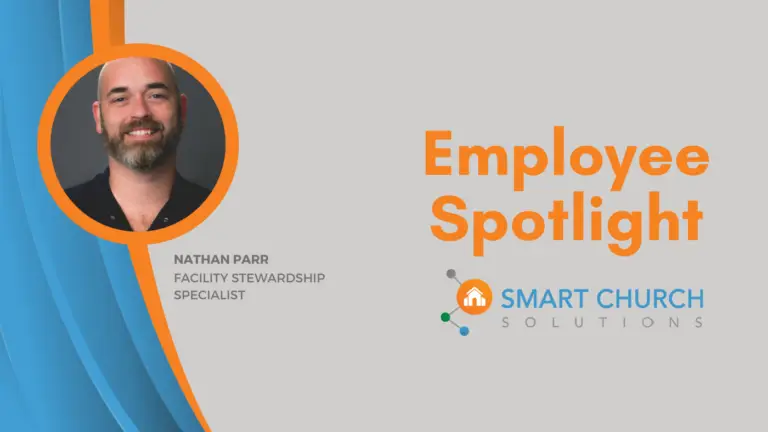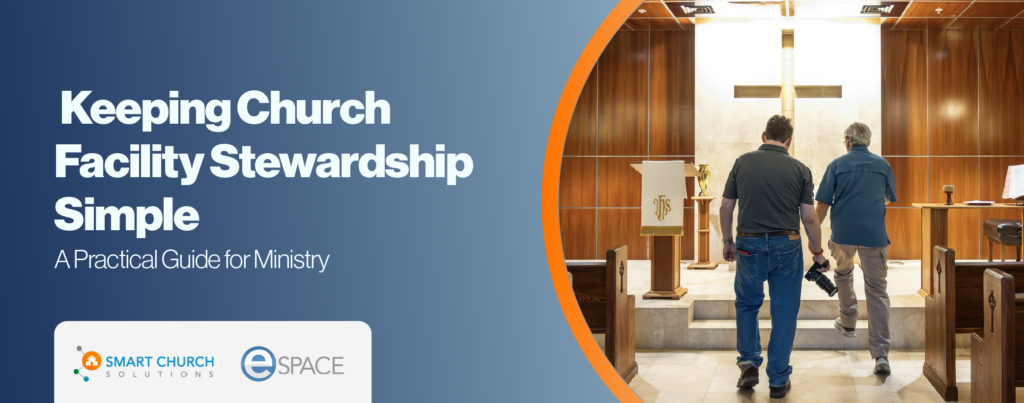Having lived in the Pacific Northwest for over 30 years, I can say that I am a Seattle Seahawks fan. I have enjoyed watching Russell Wilson work his magic on the football field for the last ten years. And, yes, I own a Wilson #3 jersey and was shocked last year when it was announced that he had been traded to the Denver Broncos. You didn’t need to be a sports fan at the time to understand what a lopsided trade this appeared to be. And while Seahawks fans were fuming, Broncos fans were rejoicing.
In hindsight, the lopsided nature of Wilson’s trade was confirmed, but not in the way we thought before the season began. Instead, the Broncos had a losing season, they did not make it into the playoffs, and their Head Coach lost his job weeks before the end of the regular season. In what was widely expected to be a rebuilding year, the Seahawks posted a winning record, made it into the postseason, and their former backup quarterback had a record-setting year.
While we are all likely familiar with the concept of an NFL team “playbook” that outlines strategies and tactics for winning games, it seems evident that something was off in the Broncos’ playbook that year. And at the same time, nobody thought that the Seahawks’ playbook at the beginning of the season would get them very far down the field, especially after they had decided to trade away their star quarterback.
A Facility Condition Assessment is Your Playbook
At this point, you may wonder, “What does any of this have to do with Facility Stewardship?” Allow me to break it down for you.
Each football team in the NFL must steward their organization to put forth a winning team. This includes areas that most of us take for granted, such as the following:
- Safety and security (for fans as well as players)
- Scouting potential players
- Reviewing and developing the talents and abilities of each team member
- Ensuring a comfortable and well-equipped stadium
- Adequate parking or transportation options
- Clean and plentiful restrooms
- Food services.
Churches also need a playbook to help outline a winning Facility Stewardship plan, such as a Facility Condition Assessment (FCA). An FCA provides a comprehensive evaluation of a building’s physical condition, systems, and equipment that can be used as a guide for maintaining, repairing, and upgrading the facility. The process of an on-site assessment is like a “scouting report,” providing detailed information about the current condition of your building(s) and potential issues or areas for improvement.
Just as a sports team’s playbook is used by different stakeholders, an FCA is used by church Facility Managers, Executive Pastors, Business Administrators, Operations Directors, and other leaders. The goal is to ensure the facility is safe, functional, efficient, and not hindering the church’s overall mission. Both an FCA and a sports team’s playbook are critical for success. A sports team without a clearly defined and understood playbook will likely struggle. And a facility without an FCA will likely face unexpected repairs, downtime, and higher maintenance costs.
Is Your Team Prepared?
This past season, the Broncos and Seahawks leaders had to make hard decisions regarding stewarding their teams. Church leaders also face challenging decisions in stewarding their congregation and the facilities entrusted to them. Are you providing your Facility Stewardship team with everything necessary to achieve your mission for this ministry season and beyond?
Our Facility Stewardship Specialists are ready to assist you in taking the next step in developing your Facility Stewardship playbook. During our on-site visit, we will gather data and take photos of every area of your facility. This will help us establish a final Facility Condition Assessment report that includes the following:
- “Fresh Eyes” Observations
- Operational Considerations and Benchmarking Analysis
- Highlights of Exterior and Interior Facility Deficiencies
- OSHA, General Safety Concerns, Life Safety Issues
- Custodial and Maintenance Observations
- Deferred Maintenance and Life-Cycle Assessment
After you have a chance to digest the report, we will schedule a video conference to walk through the report. We will also provide an introduction and training on utilizing our Life Cycle Calculator, establishing and tracking remaining useful life (RUL) for capital assets and equipment, and proactively tracking capital reserve budgets based on RUL and inflation.
To learn more about scheduling a Facility Condition Assessment, reach out to our team today.








